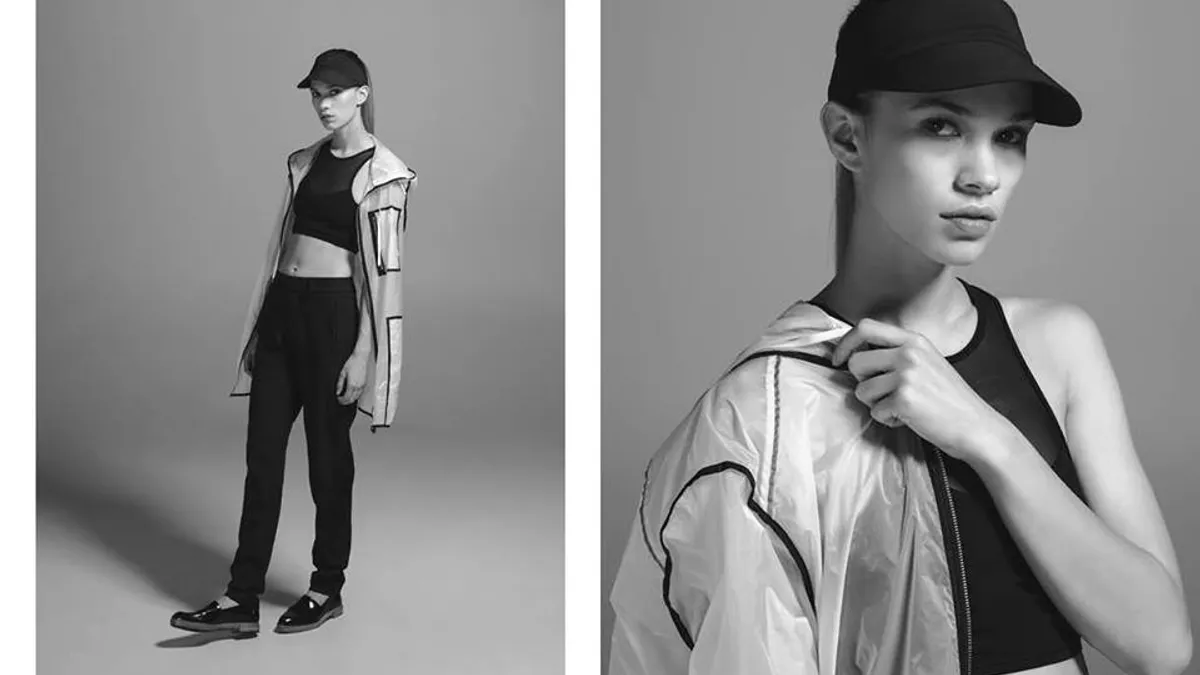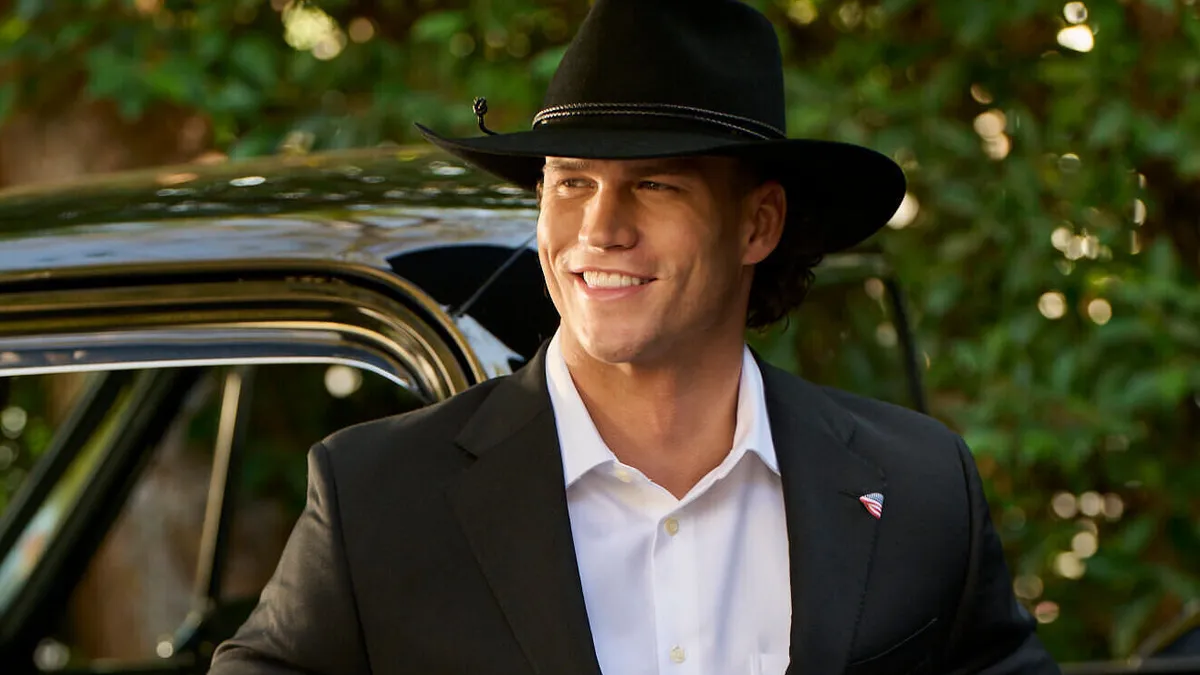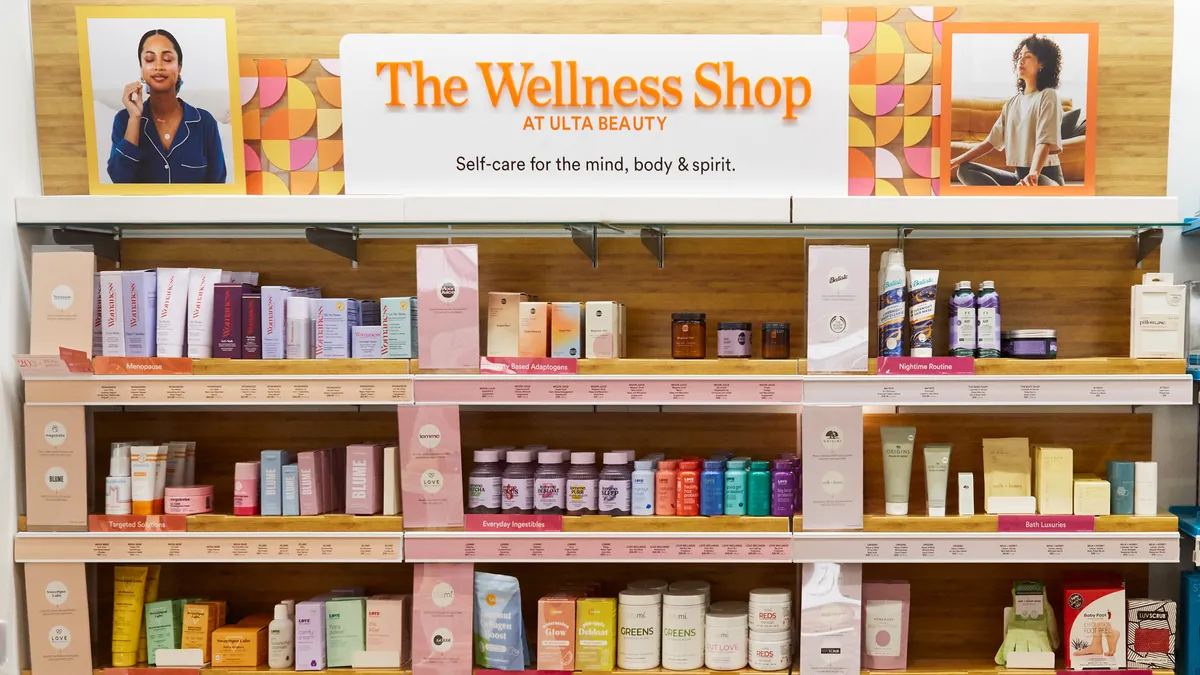This month, Levi’s debuted its new line of women’s jeans, backed by its largest-ever marketing campaign targeted to women, “Live in Levi’s.” Starring Grammy award-winning recording artist Alicia Keys, the push is designed to recalibrate the Levi’s brand to suit the realities of changing tastes and multicultural styles.
The company undertook a two-year-long safari to cities such as Chicago, Shanghai, and Stockholm to interview hundreds of women of different ages, body types, and ethnicities. Its findings? Women everywhere want a slim, form-fitting silhouette with the comfort that only stretch fibers can provide.
“The one comment that came up in every interview was that fabric and feeling is now as important as fit,” Karyn Hillman, chief product officer of Levi Strauss & Co., told the New York Times. “Five or even three years ago, that wasn’t true.”
‘Athleisure’ becomes ascendant
Five years ago, traditional and designer denim was still selling strong. That’s changed in the last couple of years, according to the NPD Group: In the year ending with April 2015, sales of women’s jeans in the United States were down 5.5% to $7.9 billion, from $8.3 billion in the previous 12 months.
Last July, Levi’s announced a 76% drop in quarterly profits. But it’s not just Levi’s that’s hurting: Premium denim has been suffering double-digit declines, NPD says. VF Corp.’s Seven For All Mankind brand, for example, saw its revenues dip 7% in the 12 months ending in April.
Why? The transition to skinny jeans and leggings seen during the first decade of the new century helped mainstream a slimmer silhouette. But more recently and thanks to high-tech stretch fabrics, those form-fitting bottoms no longer needed to be constrictive.
Instead, “athleisure” wear has upgraded comfortable yoga pants and sweats to everyday status. “Today’s consumer is on a quest for casual comfort, whether it’s jeans or yoga pants,” James Curleigh, president of the Levi’s brand, told The Huffington Post.
Brand ambassador Alicia Keys opts for 501s and skinny jeans from the new Levi’s collection, which includes 20% to 90% stretch fibers. “It’s so much better because the stretch is really comfortable,” she told the New York Times. “You know, I’m a very shapely woman, and often a lot of fashion does not seem to celebrate a shapely woman. But that courtesy should be present in everything we wear.”
Meeting the need for flexibility
As smartphones have blurred the lines between the workday and leisure time, clothing has followed. Stretch pants offer the figurative and the literal flexibility to transition easily from work to workout to play.
Yoga outfitter Lululemon has benefited handsomely from the trend. “We love seeing how our guests transition their outfits from studio to street,” Jill Chatwood, Lululemon’s director of global trend and collaborations, told the Vancouver Sun.
Everything from fast fashion to haute couture has embraced athleisure. Alexander Wang and Beyoncé recently launched sportswear lines at H&M and Topshop, respectively. Online, e-commerce site Net-a-Porter launched its subbrand Net-a-Sporter to market athletic styles.
Gap, Inc. introduced its GapFit line in 2013, adding to its already successful activewear brand, Athleta. “All of our pieces combine performance, functionality, and style, so [our customers] can wear GapFit while training, but also beyond the gym,” Mireille Gindrey, vice president of design for GapFit and GapBody, told the Vancouver Sun.
San Francisco’s Betabrand offers Dress Pant Yoga Pants, and couturiers such as Michael Kors, Rag & Bone, Chanel, and others are offering upscale sweatsuits. And Seven for All Mankind cofounder Michael Glasser recently teamed with singer Gwen Stafani to introduce the DWP line to meet the marketplace.
“When we started Seven, we owned the younger girl,” Glasser told the San Francisco Chronicle. “She was always buying jeans. It was ingrained in her DNA. The young girl today is not buying jeans. She is buying athleisure.”
Stretching the definitions
Denim still represents 8% of the apparel market, NPD says, but activewear has reached 4% of the overall market and is growing. Activewear sales grew 9% in the 12 months through October 2014.
Levi’s has dipped its toes in the activewear waters before, releasing the Curve ID and Revel shapewear lines in 2013. Wrangler went a step further, introducing Denim Spa jeans that promised to moisturize and smooth cellulite. Madewell, J. Crew’s “heritage” brand for women, now offers lots of stretch options, too.
But there is no looming trend on the horizon that will encourage women to replace the denim jeans already in their closets. “There’s nothing new in the world of jean fashion,” Ilse Metchek, president of the California Fashion Association, told Marketplace. “There’s no reason for you to buy another pair of jeans.”



















